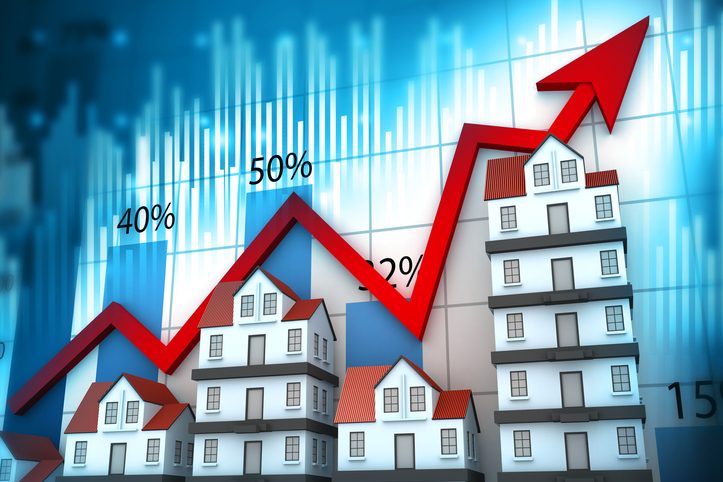Despite a nationwide moderation in Nigeria’s inflation figures for April 2025, data released by the National Bureau of Statistics (NBS) highlights severe economic strain in key regions, with inflation levels surging beyond 30% in 10 states and the Federal Capital Territory, Abuja.
According to the latest Consumer Price Index (CPI) report, the headline inflation rate cooled to 23.71% year-on-year—a marginal dip from 24.23% in March 2025 and a significant fall from the 33.69% recorded in April 2024. On a month-on-month basis, consumer prices rose by 1.86%, a sharp deceleration from the previous month’s 3.90%, indicating a slight relief in the pace of price increases.
However, the national average conceals acute disparities across the country. Several states reported inflation rates far exceeding the average, with Enugu State topping the list at a staggering 36.0% year-on-year. Others crossing the 30% threshold included Kebbi, Niger, Benue, Ekiti, Nasarawa, Zamfara, Delta, Gombe, Sokoto, and Abuja.
The uneven distribution of inflation suggests localized pressures, especially in urban centres. Urban inflation held at 24.29%, reflecting persistent cost-of-living challenges for city dwellers, while rural inflation came in slightly lower at 22.83%.

Among the states with the most alarming figures:
Enugu experienced a 12.3% rise in its general price level within a month, accompanied by a 24.4% food inflation rate.
Kebbi reported all-items inflation of 35.1%, with food prices soaring by 33.8% year-on-year.
Niger State witnessed a notable 14.7% month-on-month increase, the highest jump nationally, pushing its overall inflation to 34.8%.
Benue, grappling with insecurity and supply chain issues, saw food prices balloon by 51.8% year-on-year, one of the most extreme spikes in the country.
Ekiti and Nasarawa also saw monthly price increases surpassing 10%, contributing to respective annual inflation rates of 34.0% and 33.3%.
Even Abuja, the seat of government, reported 32.9% inflation—an indicator of how widespread the economic challenges have become. While food inflation in the capital showed a slight monthly decline of 0.7%, the overall price burden remains heavy.
Some states, such as Delta and Gombe, experienced high inflation driven more by non-food sectors. Rising costs in housing, utilities, and transportation have become major contributors in these regions.
Nationally, food inflation eased to 21.26% in April 2025—significantly down from 40.53% a year earlier. This improvement is partly attributed to adjustments in the statistical base year and the reduced prices of staples like rice, maize flour, and beans. However, food price increases still weigh heavily on households in many states.
The average 12-month food inflation now stands at 31.43%, a slight drop from the 32.74% recorded previously. Meanwhile, core inflation—which excludes volatile categories like food and energy—also moderated, falling to 23.39% year-on-year and 1.34% month-on-month.
Despite these positive trends at the national level, inflationary pressure remains uneven, especially in areas affected by insecurity, poor infrastructure, or disrupted supply chains. Experts warn that unless structural issues are addressed, vulnerable populations in high-inflation states will continue to face rising poverty and reduced purchasing power.
The report underscores a critical point: while national indicators may point to easing inflation, for many Nigerians, the cost of living crisis remains very real—and deeply regional.



